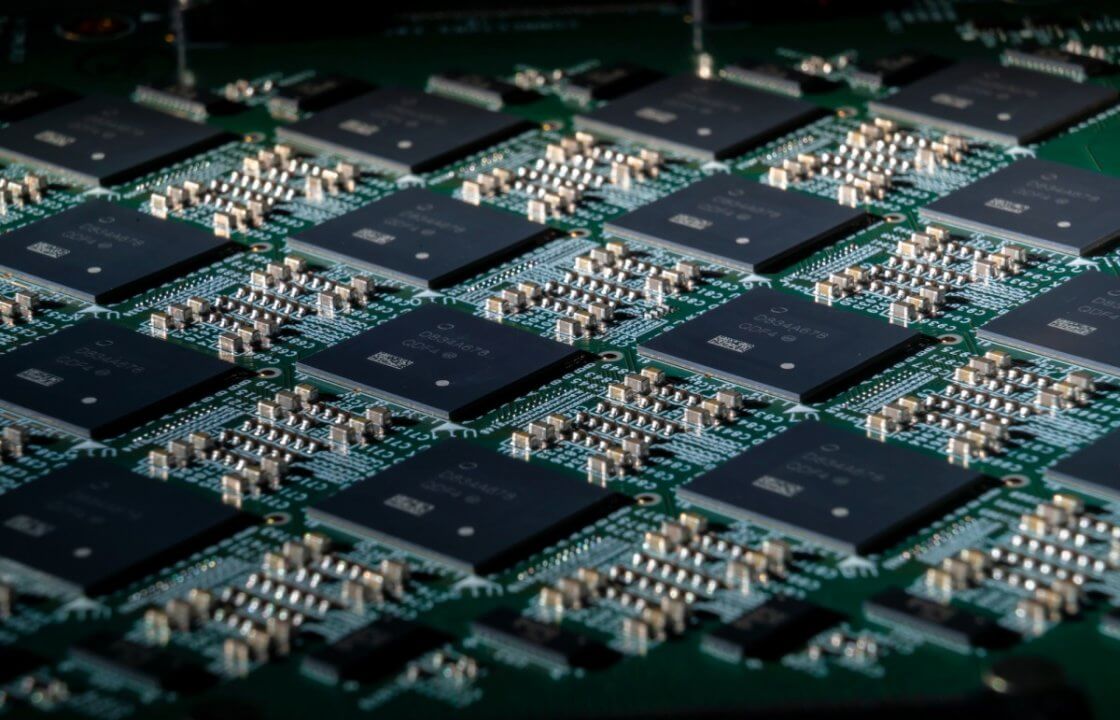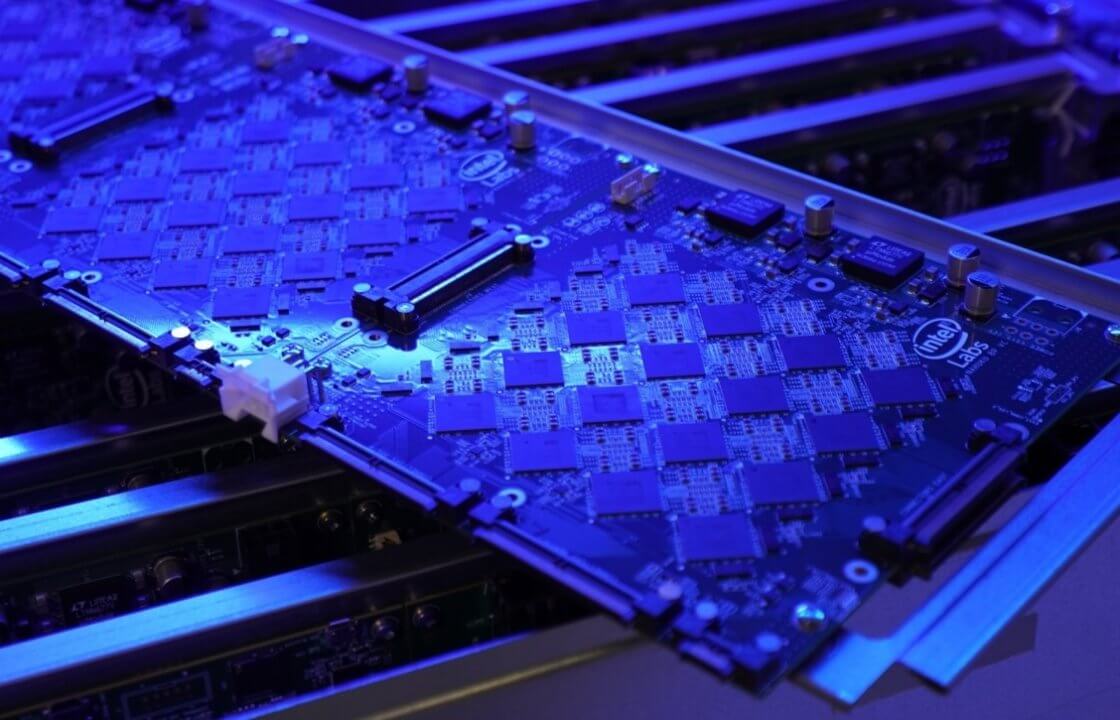Intel Now Has Neuromorphic Chips That Are At Par With Mammal Brains
A few years back, tech giant Intel introduced Loihi to the world. Loihi is a neuromorphic chip that can mimic the basic mechanics of human brains. Neuromorphic simply means self-learning and Loihi now makes machine learning more efficient, faster, and also consumes less power to process. Intel drew inspiration from how neurons work in our brains in order to develop their neuromorphic chips. Loihi makes use of plastic synapses and spikes that it can modulate to mimic neurons.
Also Read: This Company Plans To Plant 1 Billion Trees By 2030
Machines with this neuromorphic chip won’t be waiting for their next update. Instead, they will adapt themselves in real-time. neuromorphic machines can process information nearly 1000x faster and 10,000x more efficiently than our ordinary processors.

Now, Intel has announced that they have constructed a rack-mounted data center, which uses Loihi processors. Named the Pohoiki Springs, it is Intel’s most expensive neuromorphic system developed yet. In a chassis roughly the size of 5 standard servers, Intel has managed to integrate 768 Loihi neuromorphic chips. This can provide the computational power of 100 million neurons. And guess what is the computing power of a small mammal’s brain? Yep, just around 100 million neurons!


Intel’s Neuromorphic Computing Lab’s director, Mike Davies said: “Pohoiki Springs scales up our Loihi neuromorphic research chip by more than 750 times while operating at a power level of under 500 watts. The system enables our research partners to explore ways to accelerate workloads that run slowly today on conventional architectures, including high-performance computing (HPC) systems.”
Also Read: New Medical Invention: The 3D Printed Cornea
The members of the Intel Neuromorphic Research Community (INRC) will have access to this new system via the cloud. This will allow them to tap into it to better tackle complex problems.
But don’t think Pohoiki Springs was the first time these neuromorphic chips were used. Loihi processors with these chips were used by Intel’s neuromorphic computing research team to identify and categorize smells in a novel form of an electric nose.
The future of AI and other automation will depend on systems like Pohoiki Springs. The need grows for computers with real-time problem-solving abilities. But simultaneously we need them to adapt to changes without thinking for too long, the way humans can.
Neuromorphic chips are the foundation of an autonomous future where our computing systems. They will have to do things like identifying an optimal path for driving directions, minimize stock portfolio returns risks, schedule airplane flights, and so on. And surely, neuromorphic chips will be able to adapt!
Images and videos: Intel Corporation



